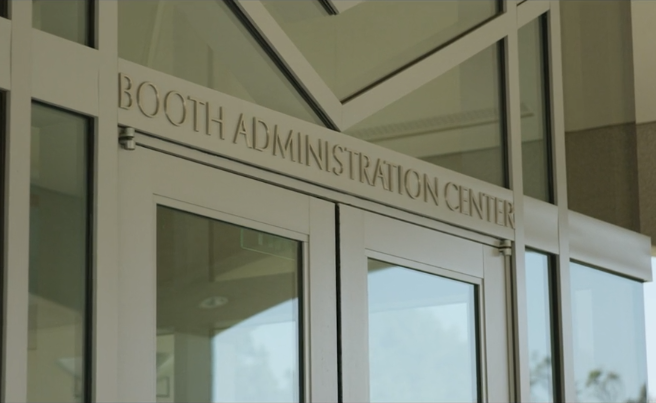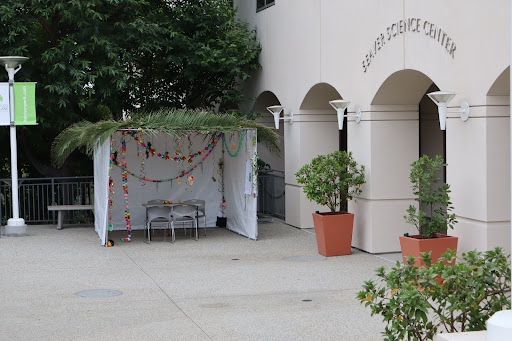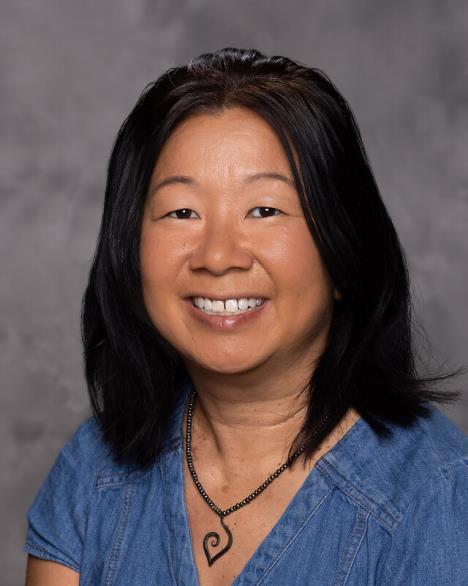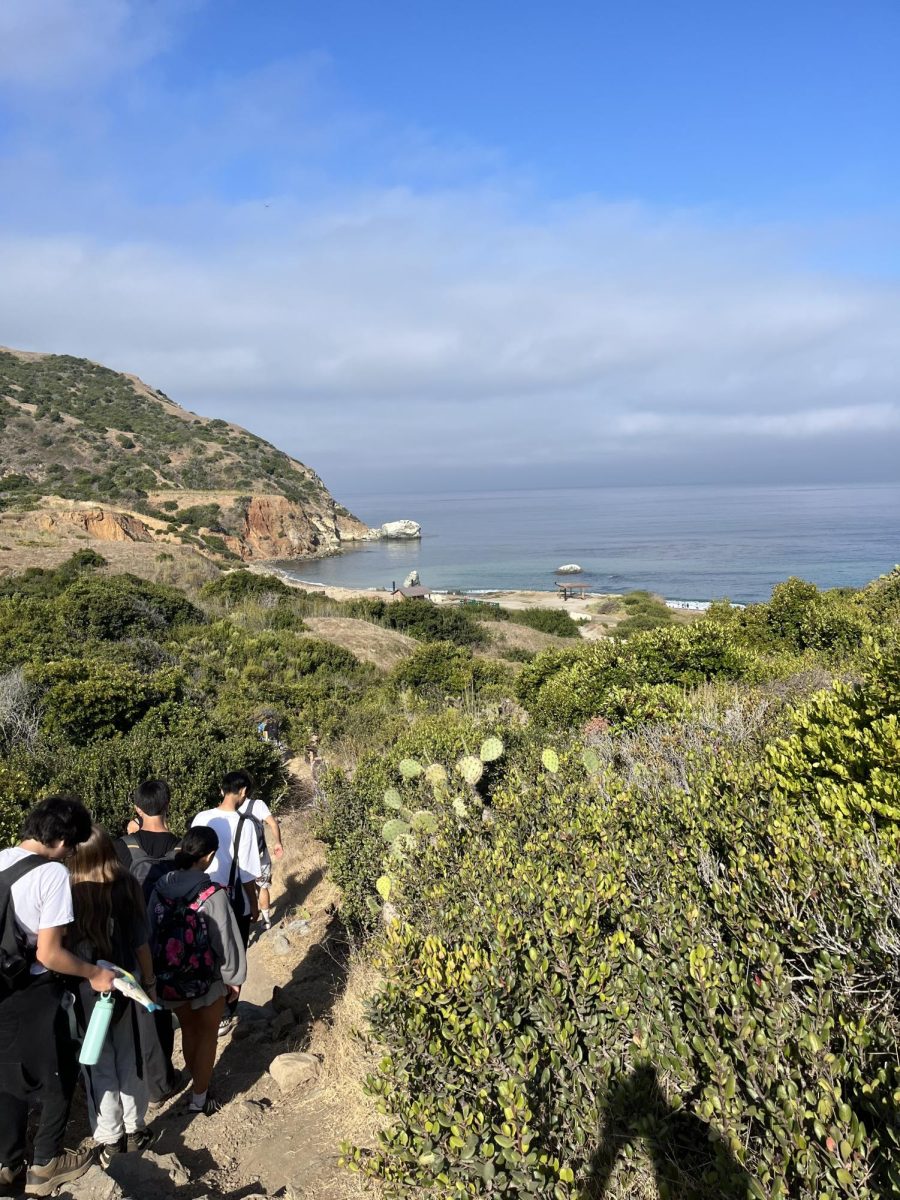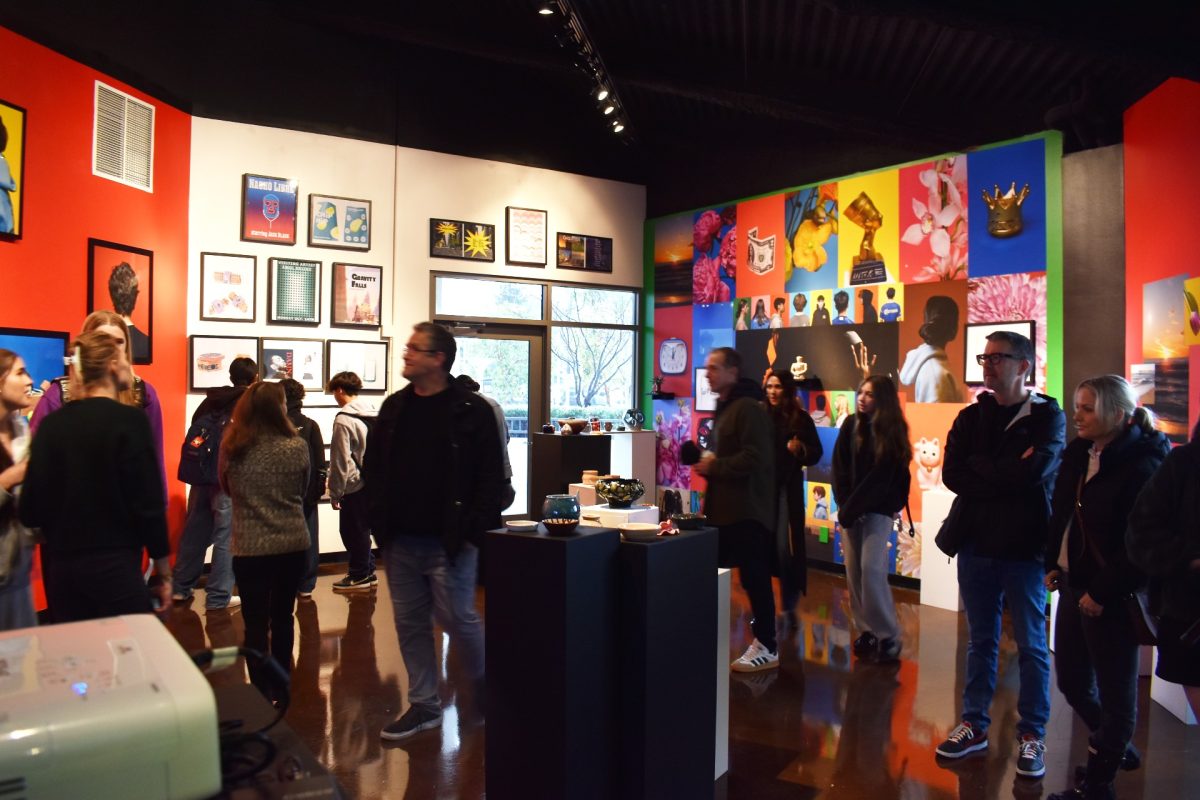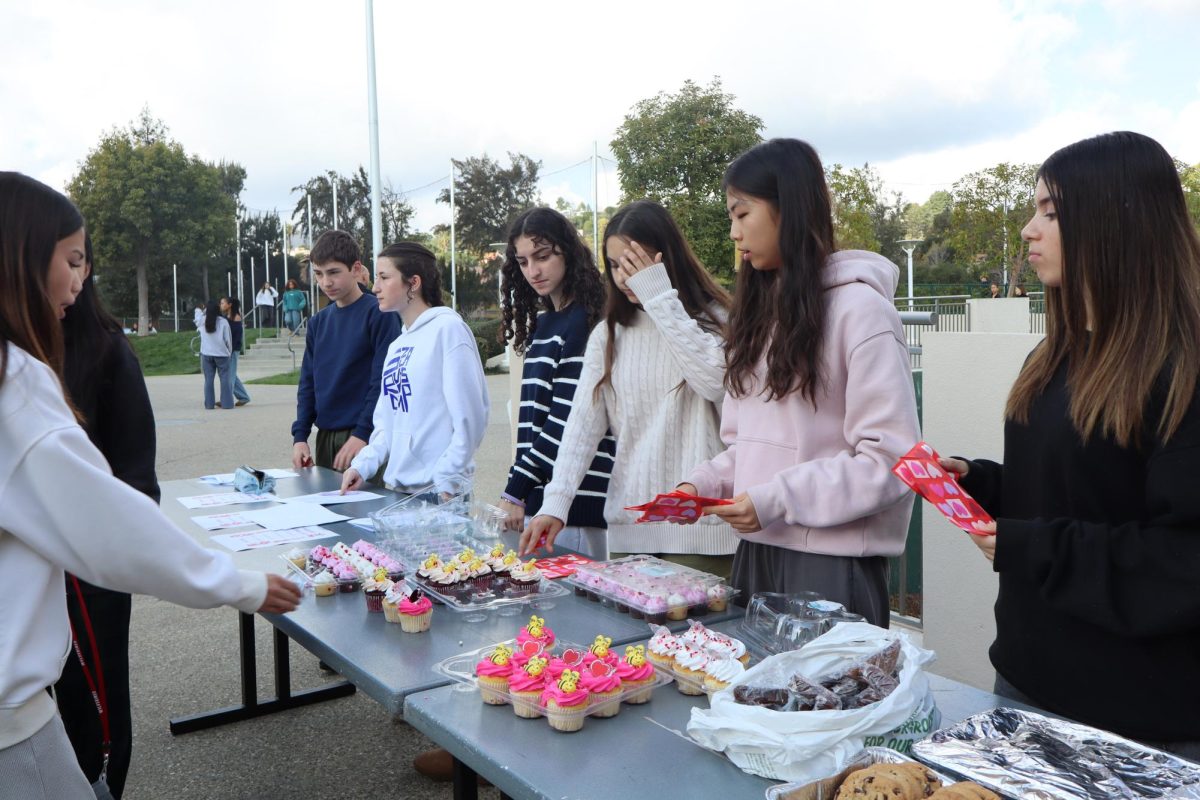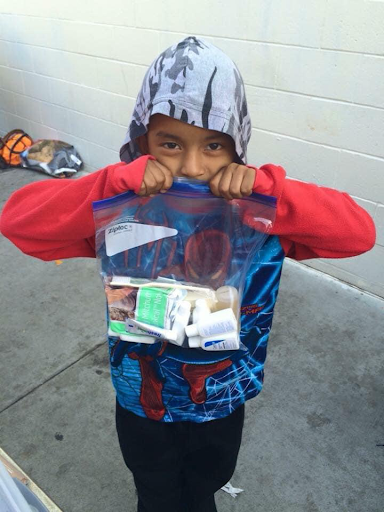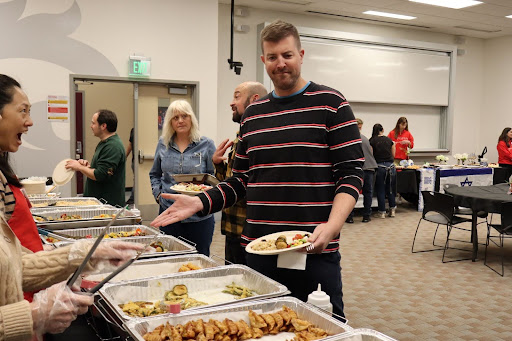The 2020-2021 Harvard-Westlake (HW) admission season has officially drawn to a close, with applicants for seventh grade receiving their decisions on March 12. Aside from welcoming events hosted later in the school year, the first fully virtual admission season is over.
But the Admission Office did not immediately create an entirely new virtual process, which is very different from the entirely in-person process that has worked for the last 30 years, following the campus closure in March 2020.
Aaron Mieszczanski, HW’s Director of Admission, said that when the campus was first shut down in March 2020, the Admission Office did not have a big reaction to the news, but once it became clear that the lockdown may extend to the 2020-2021 school year, they began to adapt and create a virtual process.
“We just thought we wouldn’t be able to host anybody on campus who had recently been admitted, but like everyone else, we had no idea how long this would last,” Mieszczanski said. “So at that point, we weren’t thinking that an entirely virtual process would need to take place, but once we realized that this was going last much longer, we had to start thinking about how the process would play out virtually and how we would give people a sense of the school without stepping on campus.”
Julia Kraft, HW’s Assistant Director of Admission, described the transition to the virtual process as being more of a smooth one due to the amount of time the Admission Office had to plan for the upcoming admission season.
“In a lot of ways, I think it was smoother because we had a little bit more time to figure out what we were going to do by the time the next admission cycle started,” Kraft said. “We had a little more runway to get our processes fully up and running, especially when compared to teachers who had to turn around in a few days, so luckily, we just had a lot more time to get things up to par. It was smoother because we had time to be very thoughtful about what we were going to do, how we were going to adapt, what new things we were going to do, and what things we had to leave behind.”
In a normal admission season, prospective families would be welcomed to campus to go on tours, hear student and faculty panels, have coffee with the administration, and attend various performances and athletic events. But due to COVID-19, those in-person events were not possible – and the Admission Office had to adapt. In the virtual process, many of those opportunities stayed, just in an online form.
Some of the opportunities the Admission Office created included a virtual tour video that showed both campuses, various Zoom panels, Wolverine Chats (Q&A’s with five Student Ambassadors in which prospective students could ask questions to Student Ambassadors about life at HW), a Student Ambassador blog in which applicant families could read about HW from the student perspective, and an all new Virtual Hub that gave applicant families easy access to information about HW.
Through touring HW’s Middle School campus and attending various events, applicants usually get a strong sense of what type of school HW is and what the community is like. When asked whether she believes students this year got the same sense of familiarity with HW, even through a virtual admission process, Kraft said she believes they did.
“We hope it gave them a strong sense of familiarity with HW,” Kraft said. “We tried to create as many opportunities as possible for them to get to know what life at HW is like, so while they experienced a very different way to get to know a school, I still think this year’s cycle gave them a strong sense of what HW is like. Obviously, nothing can replace a tour on campus and seeing the look in students’ eyes when engaging in the classroom, but I think that applicants got pretty good look at school, even though it was different.”
Mieszczanski said that he believed while students did not get to be up close and personal with the school, applicants had more opportunities to dive into information about the school.
“I believe applicants had more opportunities for depth of understanding of the many different corners of the school and the different kinds of experiences – the main and obvious difference being people couldn’t couldn’t touch it,” Mieszczanski said. “But at the same time, we recorded everything and families could watch it from the comfort of their own home, instead of having to drive to the Middle School at 5 p.m. on a Tuesday. So there was unprecedented accessibility to our events and information about the school.”
Meagan Salmon, HW’s Assistant Director of Admission, added that while the virtual process did give them a strong sense of what an education and life at HW is like, being online made it practically impossible to let applicants experience the feeling of being a HW student.
“I think that in some ways, there’s more exposure to HW, but in other ways, there are some things we just couldn’t really emulate online, such as the feel of the community and the campus,” Salmon said. “I think that’s what was missing from everyone’s admission process – the literal feel of being on campus and walking around. We had a virtual tour, and students saw so much of both campuses, so that was an increase in exposure, but you’re not getting to feel the campus. There’s definitely a difference there.”
This year, instead of interviewing applicants and their families in the Booth Administration Center, where the Admission Office is located, and other rooms around campus, the Admission Office interviewed students over Zoom. Though the admission officers were concerned about not having face-to-face contact at first, as the new normal of Zoom settled in, it was apparent that Zoom interviews provided enough face-to-face, or screen-to-screen, contact to help the decision committee make decisions like other years.
“I think that was our big worry,” Mieszczanski said. “Going into this season, we thought will we have enough to give us the information we need to know about applicants and get a chance to kind of see them up close? But it actually was a pleasant surprise that people were able adapt and do their interviews from the comfort of their own home. As the year went on, it became less and less of a worry.”
Mieszcanski also mentioned the difficulty in evaluating grades in a year where schools reformed their grading systems.
“One thing that was difficult was evaluating grades, as they usually look different depending on the school. That difference became much more extreme in a year because various schools changed their grading systems,” Mieszczanski said. “That was challenging because you would open a file, and you wouldn’t know what it was going to look like. But that’s where the wisdom of the decisions committee and everybody’s different perspectives being part of the conversation came in, and in the end, I felt really good about the way we made decisions about applicants.”
The Admission Office also runs the Student Ambassador program, one of the largest organizations at HW with over 550 students participating, and the largest of its kind in the country. In past years, Student Ambassadors have assisted the Admission Office in the admission process, by serving as tour guides to prospective families, as well as serving on various panels. Salmon, who runs the program with Kraft, said that much of how the program would work in a virtual process was unknown, and student leaders of the program contributed to the process of finding a role for Student Ambassadors.
“Much of it was in limbo until it was decided that we were going to be virtual, and that’s when we started brainstorming and finding a role for the Student Ambassadors in this entirely new virtual process,” Salmon said. “The Student Ambassador Co-C
hairs, who were interviewed and selected while we were in quarantine, were helpful in that process of brainstorming and finding a role for the Student Ambassadors as they had previously been Student Ambassadors and know the program well. So long story short – no, it wasn’t immediately clear what role Student Ambassadors would play.”
Mieszczanski said that finding a role for the Student Ambassadors was one of the most important aspects of planning the virtual admission process.
“We always survey applicants, and year after year, the most consistently impactful people for prospective families are the Student Ambassadors because that’s where they can see their own children,” Mieszczanski said. “The Student Ambassadors are where applicants can get away from the admission officers and get to ask questions to students without feeling pressured. We knew how important it was going to be to involve our Student Ambassadors, and it was never an if we involve them, rather a how.”
In the virtual process, Student Ambassadors played three roles: serving on Wolverine Chats, writing for the Student Ambassador blog, and serving on virtual panels. Due to the nature of Wolverine Chats when compared to individual interviews, not every Student Ambassador got to serve on a Wolverine Chat, and Student Ambassadors were selected for the Student Ambassador Blog and the various panels. So overall, this virtual process had less opportunities for Student Ambassadors to take part in.
The Student Ambassador Co-Chairs, the student leaders of the Student Ambassador program, played a more active role in the process, with various meetings taking place before the school year started in which the Co-Chairs helped develop the eventual role Student Ambassadors would play. A Co-Chair also served on each Wolverine Chat, and all wrote for the blog, so the Student Ambassador Co-Chairs still played a very active role in the program as they would in a normal admission season.
When asked about her thoughts on the Admission Office’s job of making the Student Ambassador program an online program this year, Carolina Rodriguez ‘21, one of the 12th grade Student Ambassador Co-Chairs, said she was very happy with the virtual program.
“Overall, HW Admissions did an incredible job adjusting to this online environment and giving Student Ambassadors opportunities to engage with prospective students and their families,” Rodriguez said. “I was very impressed with how creative the Admission Office was in finding ways for Student Ambassadors to connect with applicant families in an online setting.”
This admission season was definitely different, and was a huge change from past ones, but as with a lot of change, change is not always bad. Mieszczanski expressed that he believes in many ways, the admission process will be permanently changed because of the virtual admission season, as the Admission Office has learned a lot from a new process that allowed all applicants to have more opportunities to see the school.
“I think so – and I actually think for the better,” Mieszczanski said. “This virtual process increased access and depth, and that’s something we definitely want to continue. Being able to spotlight different areas of the school that might not have gotten that same kind of attention in past years was amazing. Virtual events also increased accessibility for a lot of people, so I think there’ll be some hybrid of things moving forward for sure. We’ll see how much migrates over to future admission seasons, but I see a lot of really important things we’ve learned that make the process a little less stressful for people to navigate crossing over.”
